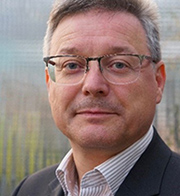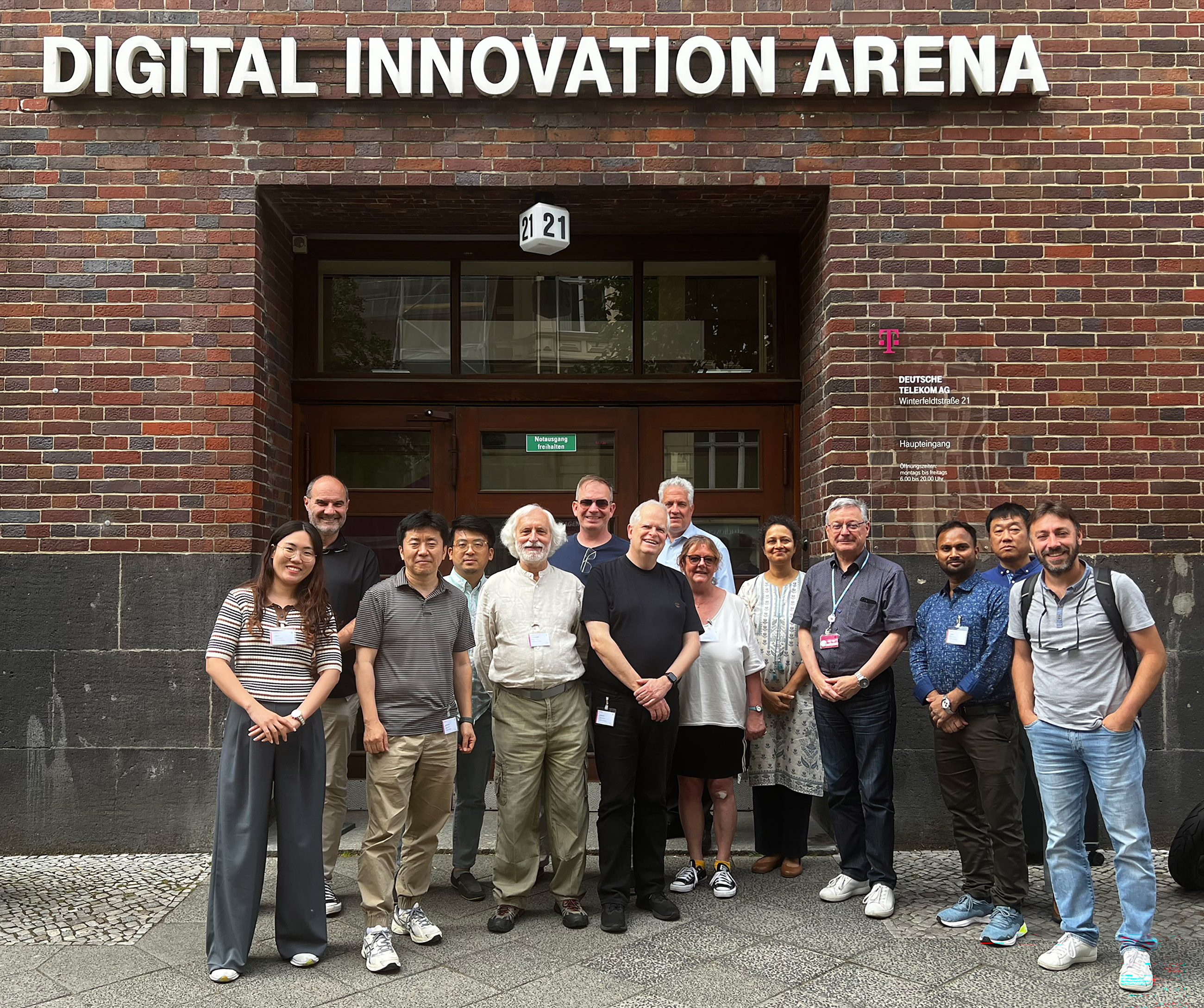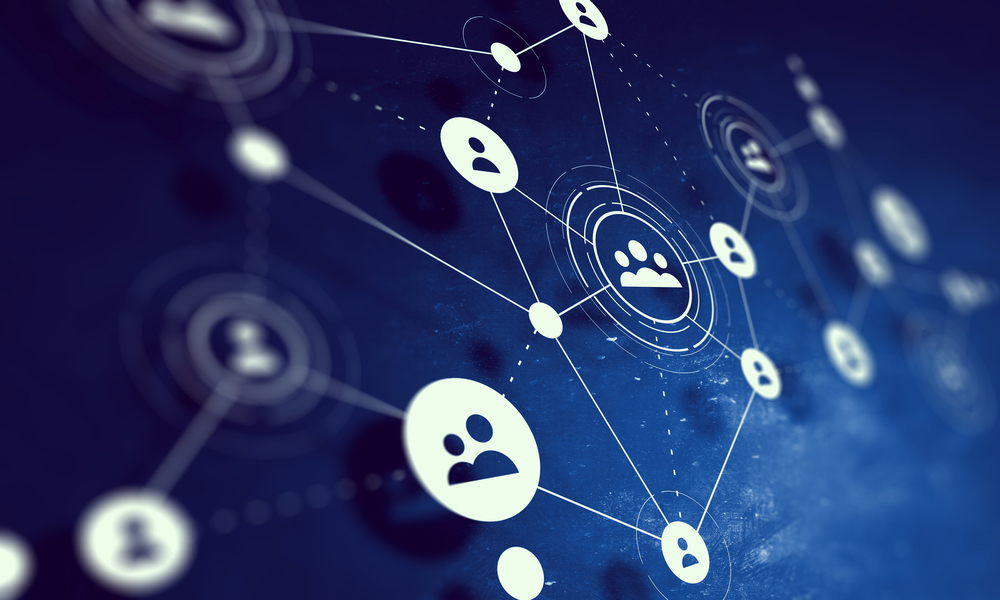
July 2025 - In this interview, Roland Hechwartner summarizes the latest developments from oneM2M’s 70th Technical Plenary. In addition to chairing oneM2M’s Technical Plenary (TP), Roland is responsible for the coordination of the overall management of the technical work within the TP and its Working Groups (WGs). He is also a representative of Deutsche Telekom (DT).
Q: Would you begin with an overview of the key developments at TP#70?
RH: Deutsche Telekom the TP#70 at their T-Labs facility in Berlin, Germany. The TP and WG meetings were scheduled over the period from June 23rd to 27th, 2025. In addition to our normal course of business, we touched on wider issues that will affect the IoT sector. As I will describe later, these included developments in the field of AI and AI Agents, collaborations with EU and ETSI initiatives, and quantum communications.
On this last point, I want to thank T-labs for hosting this meeting and for inviting us for a tour to the 'Quantum Lab' in Berlin, Winterfeldtstrasse. This test laboratory houses a research fibre optic network, which allows Deutsche Telekom to test and make the latest concepts and hardware of quantum communication technology and quantum security tangible to its customers. We heard several very impressive insights from our guide, Matheus Ribeiro Sena. We also learned about a world record that his group demonstrated; the sustained, high-fidelity (99 %) transmission of entangled photons over 30 kilometres of commercial fibre for 17 days.

Q: With the whole world talking about AI and Agents, how did this topic come up on the TP#70 agenda?
RH: Let me begin with some background to a new, oneM2M work item. Agentic AI is becoming increasingly important as industries move from passive analytics to systems that can act autonomously and adapt in real time. AI agents reduce manual effort, speed up decisions, and optimize processes in complex environments like networks, logistics, and automation.
Unlike traditional AI that only provides insights, AI agents make decisions and take actions to achieve specific goals. They are powered by technologies like Large Language Models (LLMs). AI agents can understand context, plan next steps, and interact with other agents and their environment. This enables a new level of intelligence and automation in digital ecosystems.
To unlock this potential, AI agents must interact not only with other agents but also with non‑AI systems — including information services (e.g., search and retrieval), physical-world interfaces (e.g., sensors and actuators), network infrastructure, and business applications and workflows.
This is where the new Model Context Protocol plays a critical role: it provides a structured and standardized way for agents to exchange context and commands with existing digital platforms, enabling seamless integration across AI and non-AI domains. Model Context Protocol (MCP) is rapidly gaining traction across the industry, with adoption by leading agent platforms and integration efforts from major technology players.
Q: Considering these developments, please tell us more about the new work item?
RH: During the opening plenary, delegates approved a new work item on oneM2M and Model Context Protocol interworking. The work item was supported by Deutsche Telekom, KETI, TTA, and Sejong University.
The goal of this Work Item is to develop a Technical Report investigating the interworking of the oneM2M standard and the Model Context Protocol (MCP), which is an open standard for AI systems, allowing large language models to interact with external data sources. The aim is to enable the broad ecosystem of IoT devices supported by MCP to be easily extended with agent-based intelligence and capabilities, while also allowing oneM2M to enhance the capabilities of agents.
Key activities of the work item are first, to provide a technical analysis of the Model Context Protocol, second, to describe interworking scenarios that are relevant but not exclusive for IoT, networks and workflows. The third step is to perform a technical comparison of oneM2M and MCP with the intention of defining a technical solution for interworking between the two standards. This might involve different levels of integration, including a) basic data forwarding or API wrapping, b) semantic interworking, and c) behavioural interworking.
We have planned a target data of Q2 2027, coinciding with TP#80 to finalize the Technical Report. The findings in the Technical Report might trigger subsequent normative work as a standalone Technical Specification to enable MCP-to-oneM2M interworking.
Q: What were the EU and ETSI initiatives on the TP#70 agenda?
RH: There are two I want to mention. The first refers to an ETSI Specialist Task Force (STF#685) that is working on the “ESTIMED” project, with EU/EFTA support. ESTIMED stands for, “Enabling Standardized IoT deployments in MEC Environments for advanced systems.” The goal of the project is to enable standardized IoT deployments in Multi-access Edge Computing (MEC) environments for advanced systems.
Joachim Koss, the STF Project Lead, gave a project status report, highlighting the collaborative involvement of three groups: ETSI TC Data, ETSI ISG MEC and the oneM2M partnership project. The final drafts of the ESTIMED deliverables D6.1 (ESTIMED Dissemination Plan) and D6.3 (ESTIMED Introductory White Paper) have been approved by oneM2M TP via email. The related oneM2M WI‑0120 has been updated in accordance with the ESTIMED milestone plan (TP#70). The project is progressing as planned and there will be a joint ETSI ISG MEC - oneM2M - ESTIMED meeting during the TP#71 on Sep 10, 2025.
The second collaborative initiative I want to mention relates to an ETSI technical report, ETSI TR 104 109, about the EU Data Act (art. 33) requirement and references analysis. This TR is the culmination of work taking place in the ETSI Technical Committee Data Solutions (TC DATA). Massimo Vanetti (SBS) presented their work at TP#70. The TR contains sections on a requirements analysis of the EU Data Act. Another section contains an explanation on EU standardization request as regards to a European Trusted Data Framework.
It also includes a section introducing existing and applicable ETSI specifications. This highlights, for example, oneM2M’s role as an interworking platform for general information. Based on an earlier analysis, it also includes a description of how oneM2M maps onto (1) the EU Data Act Article 33, (2) the Draft Standardization Request on Trusted Data Transactions, and (3) the Data Spaces Support Centre (DSSC) Blueprint. The next set of TC Data’s activities includes an analysis of the applicability of the standard as well as a gap analysis to identify standardization deltas.
Q: Aside from these activities, what were the main developments in the oneM2M Working Groups?
RH: Massimo Vanetti chaired the Requirements & Domain Models (RDM) working Group. He reported progress, mainly editorial clean-ups, on the TS‑0023 document which deals with SDT based Information Model & Mapping for Vertical Industries.
There were other editorial clean-ups to the TS‑0002 requirements which consequently led to an update of the Release 4 Control document in version 4.6.1, now comprising the Architecture document in TS‑0001 v4.23.0. and the requirements document inTS‑0002 v4.6.2. This latest version of the Release 4 Control document now lists the specifications that should be published by the oneM2M organisational partners (i.e., CCSA, ETSI, TIA, TSDSI, TTA) as their deliverables.
The System Design & Security (SDS) working group was chaired by Peter Niblett (IBM). He reported on the completion of the TS‑0041 specification document on oneM2M and SensorThings interworking. To make it ready for publication, the final baseline will be created and sent to ETSI’s editHelp! Team for editorial checks.
Two other documents, TS-0022 on Field Device Configuration, and TR-0079 on oneM2M ROS interworking have been converted to Markdown for future development using the git process we discussed in the past.
SDS members discussed two new work items, WI-0120 on Edge Deployment using ETSI MEC (STF685) and the newly approved WI‑0122 on MCP interworking. These will be in focus for the next interim and full meetings. There was also a discussion on details of the Service Subscription management functionality, which are expected to lead to future changes and updates.
JaeSeung Song, Sejong University, chaired the Testing & Developers Ecosystem (TDE) WG sessions, standing in for Bob Flynn who could not participate in the meeting. There was a presentation on the continued progress and enhancements to the git process. The group’s discussion extended to newly converted technical specifications and technical reports. We are grateful to several students from Sejong University - Jieun Lee, Jayeon Pyo, ChanHa Kim, SeongHa Nam, SiWoo Park, Yejin Oh, and MinSuck Kim. They contributed to the Markdown conversion process for TS‑0015 (oneM2M Testing Framework), and TS-0025 (oneM2M Product Profiles) documents.
The TDE WG also held a discussion on the planning of future hackathon events:
- KETI, TTA and Sejong University are preparing for a oneM2M International Hackathon, like the one hosted in 2024. The start is planned for around October and deliverables are expected in November 2025. There will be an Award Ceremony in November in conjunction with the AIoT conference and exhibition in South Korea (27thNovember 2025, COEX).
- The ESTIMED project (oneM2M & ISG MEC) is also planning another hackathon. The proposed date is in October 2025 for a duration of three days.
Q: What are the plans for the coming TPs?
RH: The next meeting, TP#71, will be hosted by ETSI at their premises in Sophia Antipolis from September 8 – 12, 2025. There will be joint sessions with ETSI ISG MEC and the ESTIMED project; these are scheduled for September 10.
